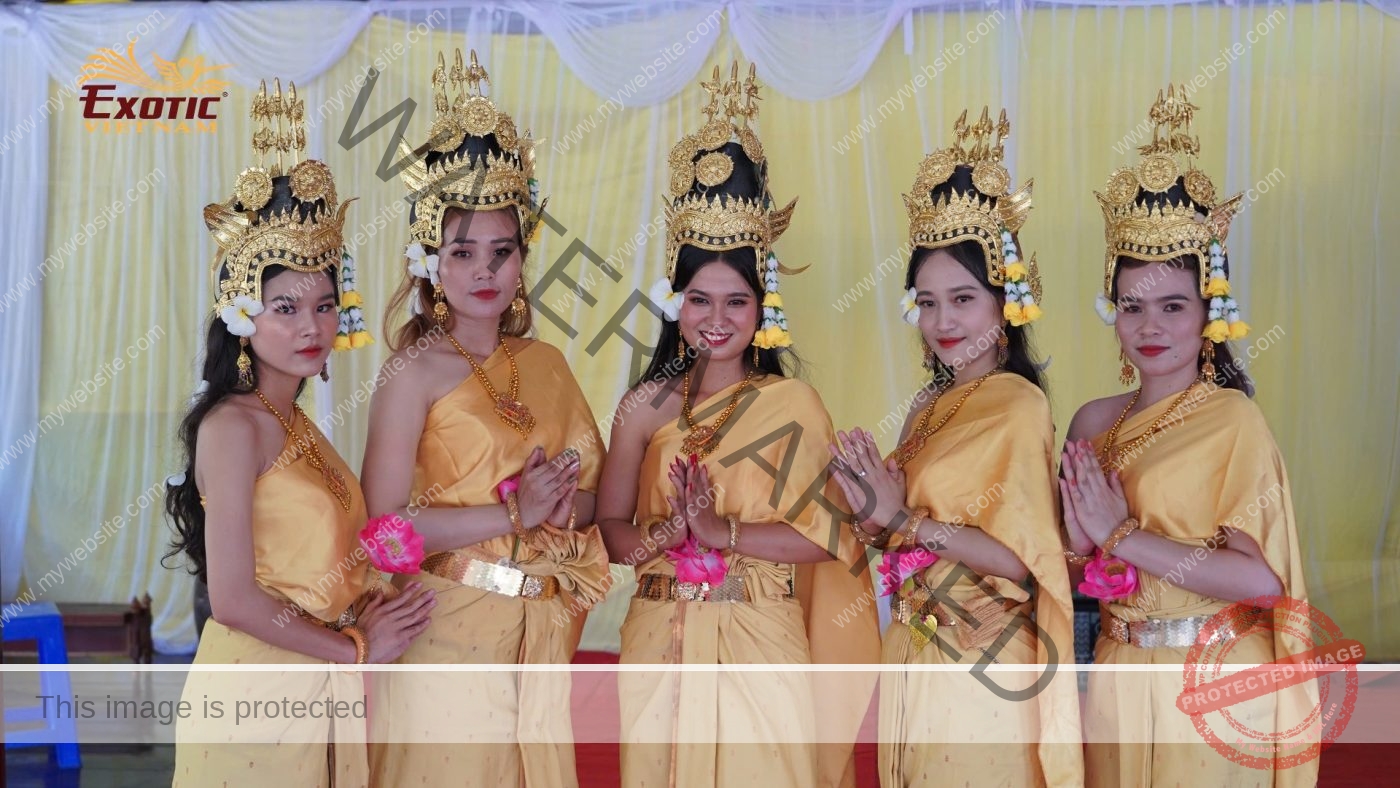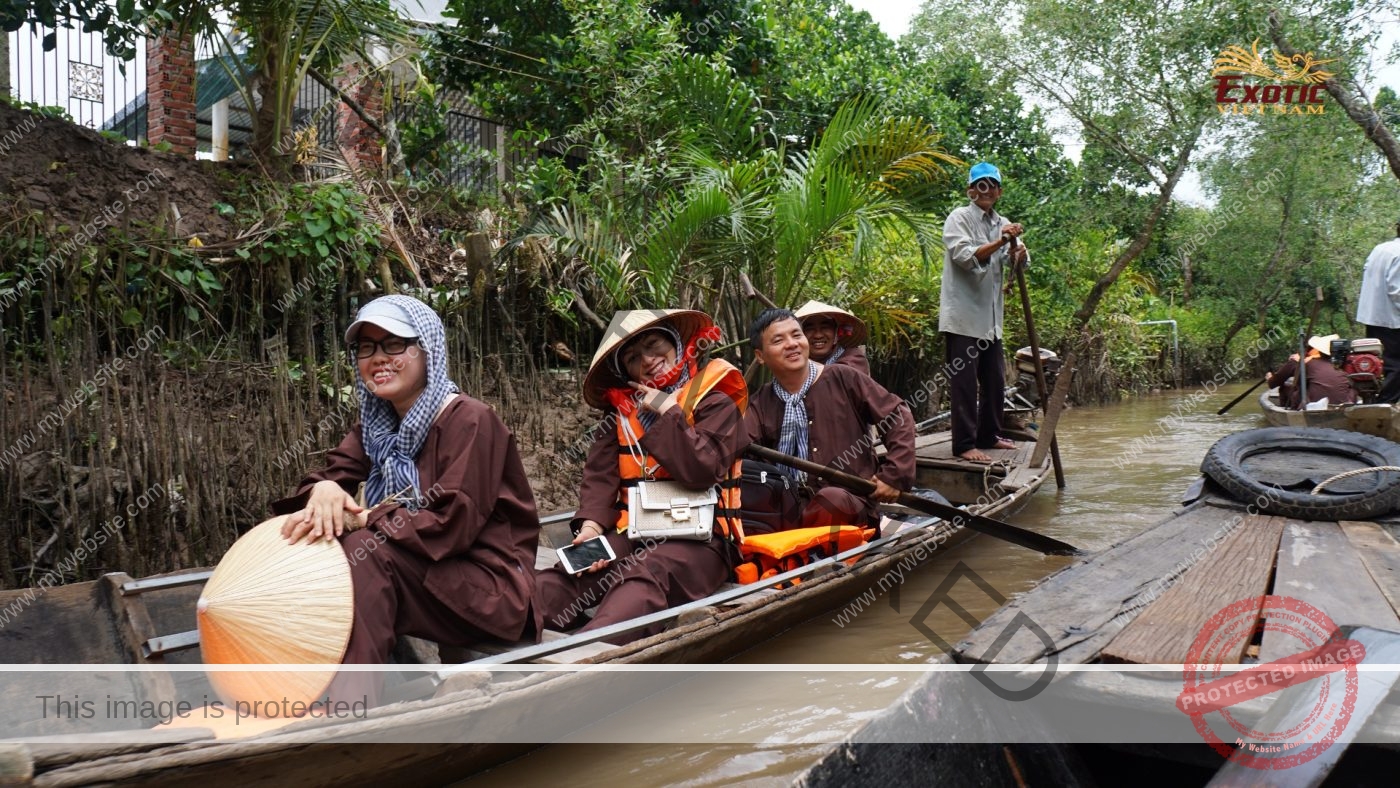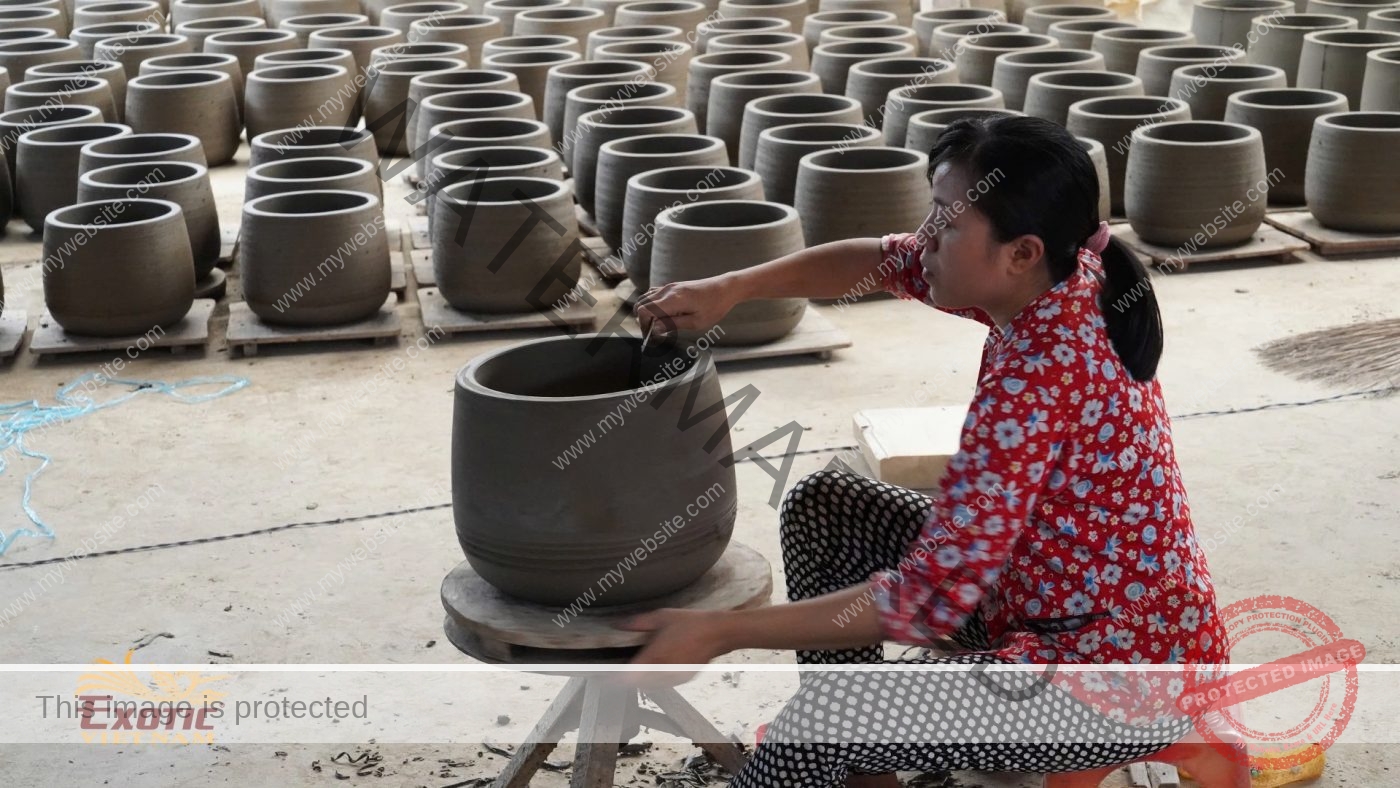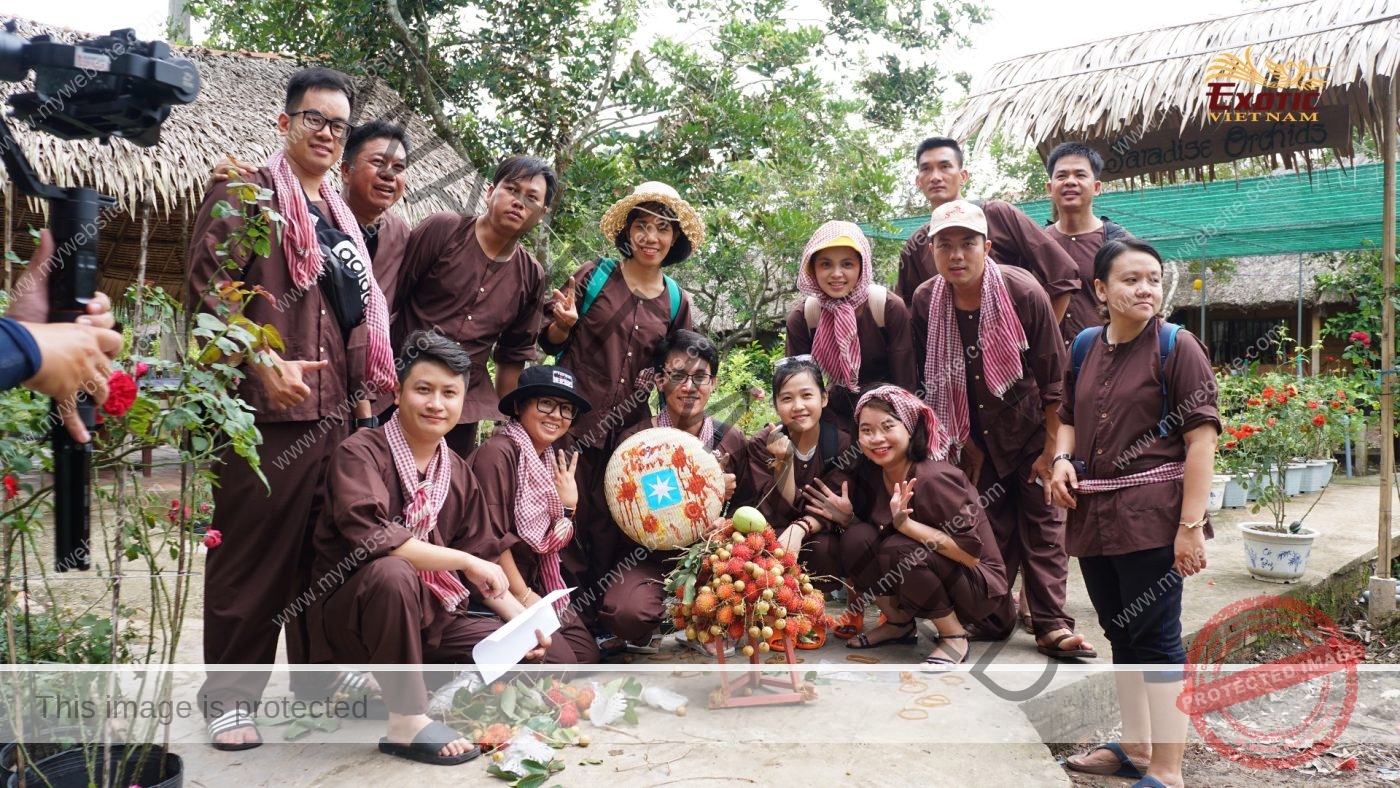As one of the 7 key tourism regions in the country, the Mekong Delta spreads over an area of 40,800 sq.km, with a population of nearly 18 million people (data 2022). Administratively, the Mekong Delta includes Can Tho City and 12 provinces: An Giang, Kien Giang, Hau Giang, Tien Giang, Ben Tre, Bac Lieu, Ca Mau, Tra Vinh, Dong Thap, Long An, Vinh Long and Soc Trang. According to statistics, in the first 6 months of 2024, the Mekong Delta welcomed nearly 30 million domestic and international tourists, an increase of 11.2% over the same period in 2023. Total revenue from tourism reached 34.8 trillion VND, an increase of 33% over the same period in 2023. Compared to the more than 75 million visitors Viet Nam welcomed in the first 6 months of 2024, the proportion of visitors from the Mekong Delta accounts for about 40% of the total number of visitors of the country. This data proves the importance of the Mekong Delta tourism industry in the overall development of Viet Nam’s tourism. What has made tourism in the Mekong Delta breakthrough?

To develop tourism most effectively, it is first necessary to resolve traffic bottlenecks, in which airways will play a key role. Currently, the Mekong Delta has 4 airports in Phu Quoc, Can Tho, Ca Mau and Rach Gia, of which Can Tho and Phu Quoc airports are among Vietnam’s 10 international airports. Phu Quoc Airport has a capacity of 4 million passengers/year, air traffic plays a decisive role in the development of Phu Quoc tourism.
Regarding road traffic, the arterial route from Ho Chi Minh City to Can Tho is connected by CT01 highway with a length of more than 121km that has been connected. In addition, the CT02 Cao Lanh – Lo Te – Rach Soi 80km-long highway has also been put into operation. Many other highway sections are under construction such as CT01 Can Tho – Ca Mau, 110km long, and CT34 Chau Doc – Can Tho – Tran De, 188km long. National routes such as NR60 running along the coast, NR62 through Dong Thap Muoi, Coastal Corridor connecting Ca Mau and Rach Gia, etc. have also been upgraded, helping tourists access small towns and rural areas where nature and daily life are better preserved.
Regarding waterways, the appearance of many high-class cruise ships such as Mekong Eyes, Mekong Feeling, Pandaw Cruiser, La Marguerite, La Cochinchine, etc. is an attractive choice for MICE event organizers, bringing riverine experiences on the Mekong River and relax with luxury amenities.

Nature has endowed this land with the Mekong River and its tributaries more than 28,000 km long, and a diverse ecosystem from fresh water, and saltwater to flooded lowlands. The rich riverine culture was formed due to the long-standing cohabitation of Khmer, Vietnamese, Chinese, and Cham communities. Nowadays, tourists tend to seek authentic and rustic experiences through interacting with local people, and learning about and discovering the unique features of destinations. This is also the advantage of the Mekong Delta to create different tourism products.
According to planning, the Mekong Delta has 4 tourism clusters with their unique features:
- The Central cluster includes Can Tho, An Giang, Kien Giang and Hau Giang cities with outstanding products such as river tourism, festival tourism, tourism for commercial purposes, and high-end beach resorts.
- Ca Mau Peninsula cluster includes the provinces of Ca Mau, Bac Lieu, Soc Trang with tourism products such as visiting the southernmost point of the country, eco-tourism in mangrove forests and cultural and ceremonial tourism. Festival associated with Khmer ethnic culture in Soc Trang.
- The Eastern coastal cluster includes the provinces of Tien Giang, Ben Tre, Vinh Long and Tra Vinh with key products such as river tourism, gardening, homestays, visiting craft villages, and historical relics. network.
- Dong Thap Muoi cluster includes two provinces, Long An and Dong Thap, with typical tourism products such as eco-tourism in the inland flooded special-use forests of the Plain of Reeds.

According to Mr. Vu The Binh, Chairman of the Viet Nam Tourism Association: “Developing MICE tourism is developing a system of accompanying services and those must promote the strengths of each locality and country including traditional culture, cuisine, entertainment attractions and many other activities”. Through specific tourism products, convenient transportation, and upgraded hotel – restaurant – conference systems, the Mekong Delta has affirmed its position as a new MICE destination in Viet Nam.

